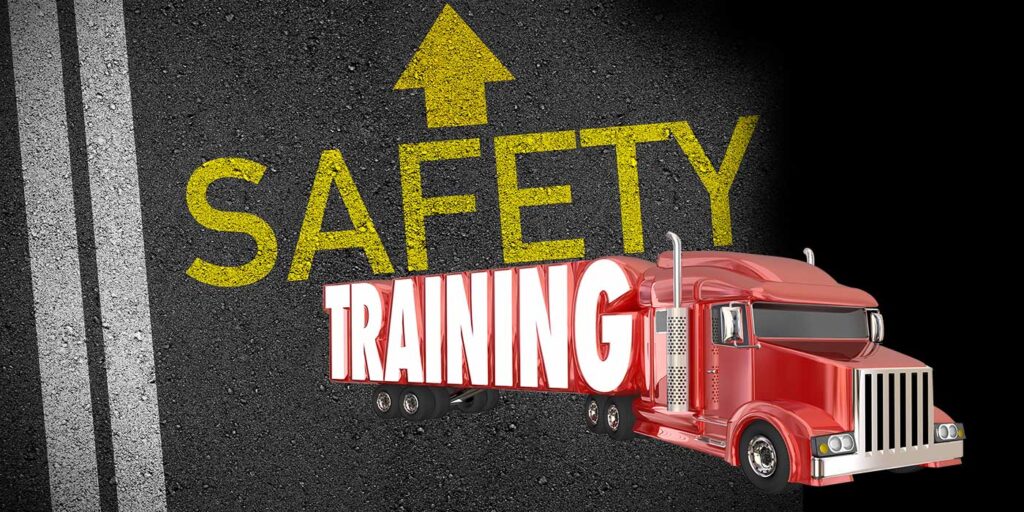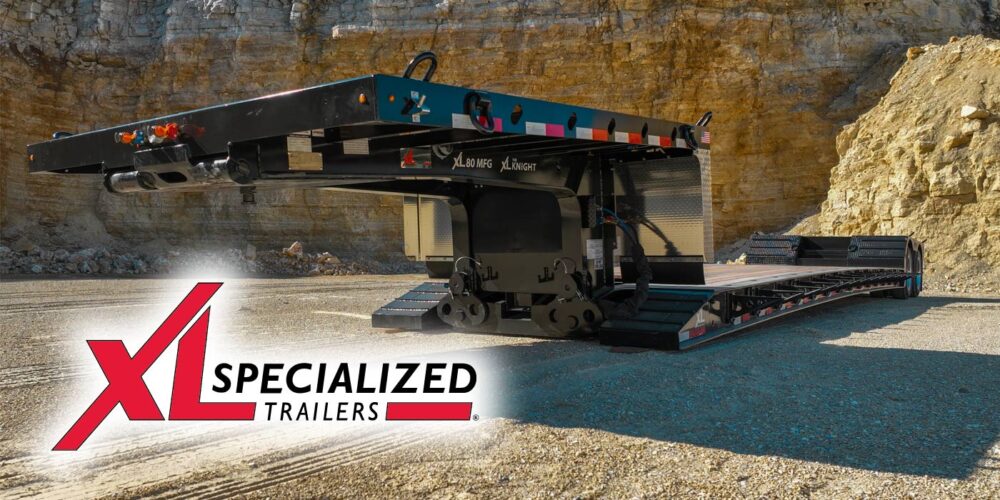The goal of fleet safety training is to protect employees, reduce accidents, save the company money and save everyone time and headaches dealing with accidents. Most fleet safety training programs involve online courses, workshops, and hands-on training for drivers. This all is important, but it’s missing one crucial component: the fleet safety training manager.
Without your managers being trained on exactly what you want your drivers to learn, you cannot succeed in your goals. It takes a top-down approach to create a company culture centered around reducing risk and preventing accidents.
What Is fleet safety certified, and how do I certify my managers?
We hear this question a lot. For non-CDL or other light-duty vehicles, there are no government mandates or rules in place. Even so, you’re exposed to a tremendous amount of risk.
Accidents are common in all industries that require employees to drive. These accidents result in workers’ compensation, injuries, lost time, and major fines. It can even put a company out of business. That’s why it’s important to invest in fleet safety certification for your managers and drivers.
Avatar Management Services and AvatarFleet clients, for example, use a combination of The Fleet Safety Course and LLLC Instructor Certification. The Fleet Safety Course is a 100% online self-directed course that educates drivers and managers on essential defensive driving techniques. It’s guaranteed to reduce company accidents by at least 20%. LLLC Instructor Certification is a defensive driving program that teaches your fleet safety training managers and other leaders how to train your drivers.
Three reasons safety training Is essential for fleet management professionals
The next logical question is: Why should I care about training my managers? Why should I invest in fleet safety certification or a fleet safety training program? There are three powerful reasons that safety training is essential for your managers, supervisors, and other frontline leaders.
1. Top-Down Approach
Remember, the goal of fleet safety training is to actually reduce accidents and injuries. It isn’t to just check a box. You want to see actual change in your drivers. To achieve this, you need to take a top-down approach. Your drivers and other frontline employees will follow the lead of company managers. If they see that frontline leaders care about safety and actually know what they’re talking about, they’re more likely to fall in line.
This isn’t just theory. We’ve been in the transportation and work psychology industry for over three decades. We’ve seen this play-out. When you invest in fleet safety training for your managers, they can set the tone for other employees. Without this top-down approach, your training programs won’t be successful.
2. Reduced Company Liability
The biggest issue with accidents is the resulting injuries and pain for people involved. The second biggest issue with accidents is the financial burden it places on the company. When company drivers or employees are involved in a vehicular accident, the company will suffer from:
- Increased insurance premiums;
- The rising cost of loss from repairs and worker’s comp;
- Fines; and
- Court dates.
You want to limit your liability and risk exposure as much as possible. An important aspect of doing so is training all of your employees and documenting the process. You need to invest in a program like The Fleet Safety Course that offers a way to easily assign, track, and document online training. This makes it easy to prove you did your due diligence.
3. Increased Productivity
Who do you want working for you? A manager who is clueless on safety practices, or a manager who has expert knowledge on reducing risk and preventing accidents? The answer is obvious. Of course, you might think it’s hard to get there. We hear these common concerns frequently:
- Is safety training worth the money?
- How could I possibly make time for safety training?
- What if I train my people and they leave?
Let’s tackle these one at a time.
Is safety training worth the money? Absolutely it is. Not only does it prevent accidents, but effective safety training will actually save you twice as much as you spend.
How could I possibly make time for safety training? If you invest five hours this week on creating a safety training program, you’ll get 10 hours back next week. That’s because accidents cost you and your employees time and lots of it. Investing in preventing accidents is a great way to increase productivity.
And lastly, what if I train my people and they stay? To that, we say: what if you don’t train them and they stay?
Your managers are the lifeline of your company. Without effective frontline leadership, you’ll suffer from accidents, injuries, rising cost of loss, and inefficiency. Best-in-class companies across all transportation industries invest in fleet manager safety training. Your safety program will pay for itself twice over in reduced accidents and time saved. There’s no time to waste.
John Kuder is the senior instructional designer for Avatar Management Services and AvatarFleet. He helped create the safety training program The Fleet Safety Course.














